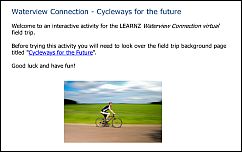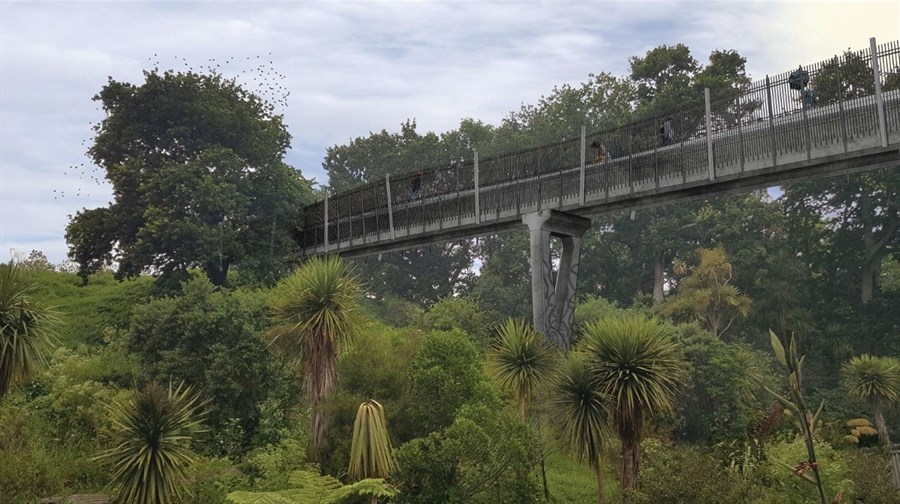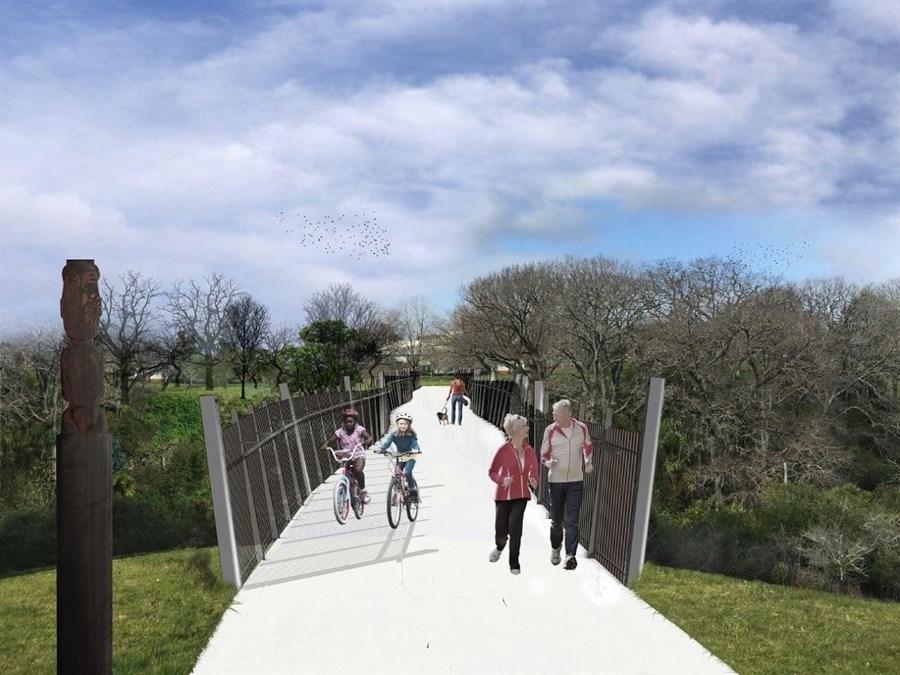Cycling is now the fastest growing mode of transport in several cities and towns across New Zealand.
Cycling in Auckland will help to improve travel options and increase reliability across the transport network.
With a focus on creating a city which is easier to live in and sustainable Auckland Transport, Auckland Council and the NZ Transport Agency are working together to create a future where anyone can feel comfortable riding a bike.
It will start with building a network of safe cycle routes that create greater freedom of movement and better places.
With a 20% increase in cyclist journeys and a 43% increase in the morning peak cycling count since 2011, cycling has become a transport mode of choice for an increasing number of people in Auckland. People are choosing to cycle to:
- work
- school
- local shops.
In response to this trend and to encourage more people to cycle, the next three years will see a focus on delivering key sections of the Auckland Cycle Network with new infrastructure and improved existing facilities.
The Urban Cycleways Programme
The Urban Cycleways Programme has been set up to create new cycleways. $100 million dollars will be spent between 2015 and 2018 on 41 projects throughout the country.
The Urban Cycleways Fund will;
- speed up the construction of new cycleways

- create safer facilities in the city centre
- create more links between cycleways
- provide connections with public transport for cyclists
- provide more money for new cycleways and cycling facilities
- include cycleways alongside major road projects, such as Waterview and the Te Atatu Road Upgrade.
Along with education and special events the urban cycleways programme will encourage more people to cycle more often, to more places, more safely.
Why build cycleways and shared paths?
If more people cycle it will reduce the number of cars on the road and therefore reduce traffic.
During this field trip, you will see how Auckland Transport (AT) is developing easy to use, safe and attractive transport routes for walkers, cyclists and drivers. This will encourage more people to cycle or walk to the shops, school or the train station, or simply for fun and exercise.
Better facilities also help reduce our dependence on private cars by making it easier to use public transport, walk, run or cycle.








